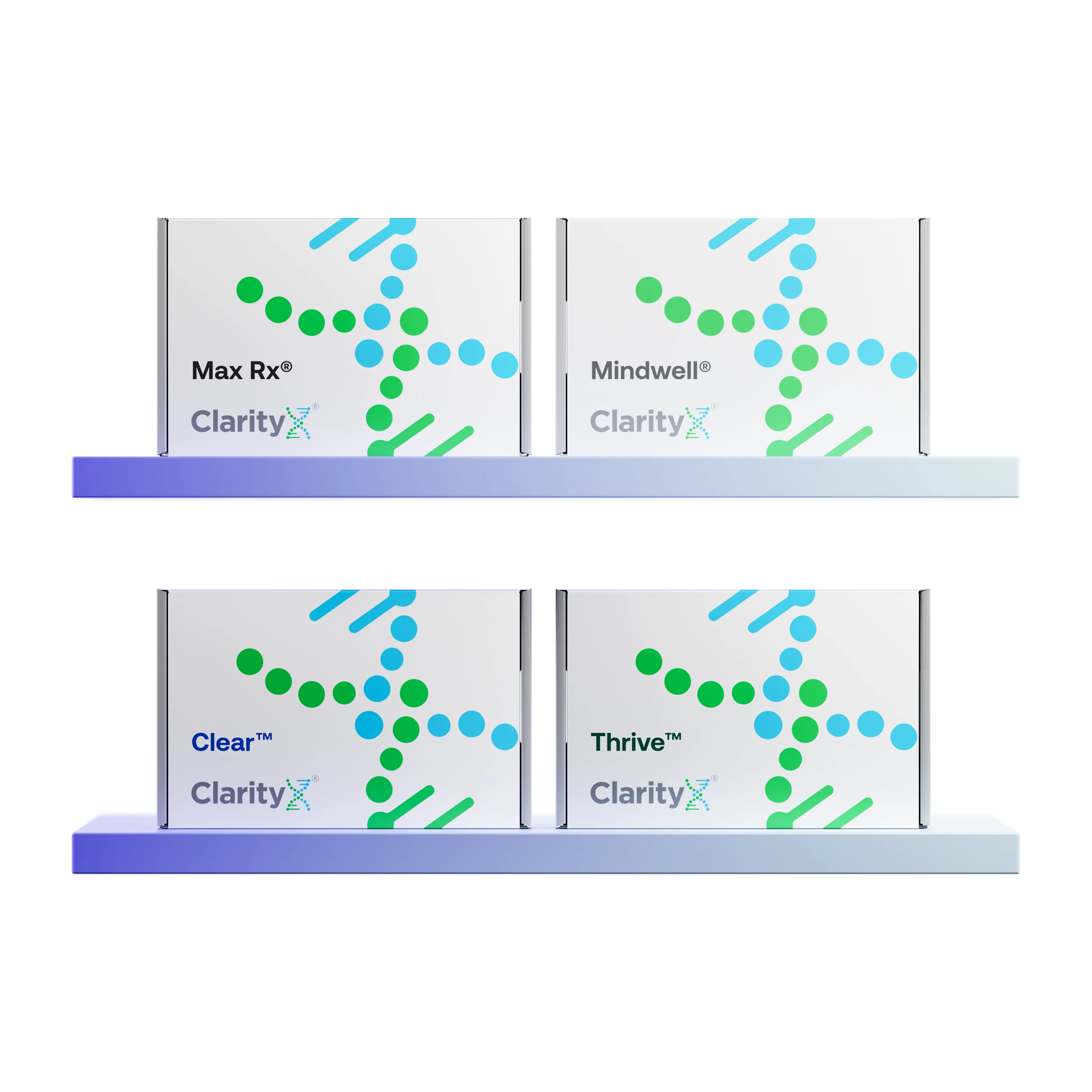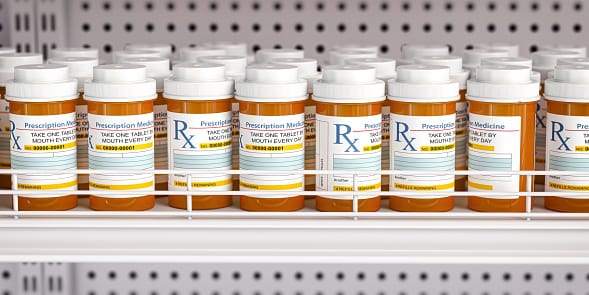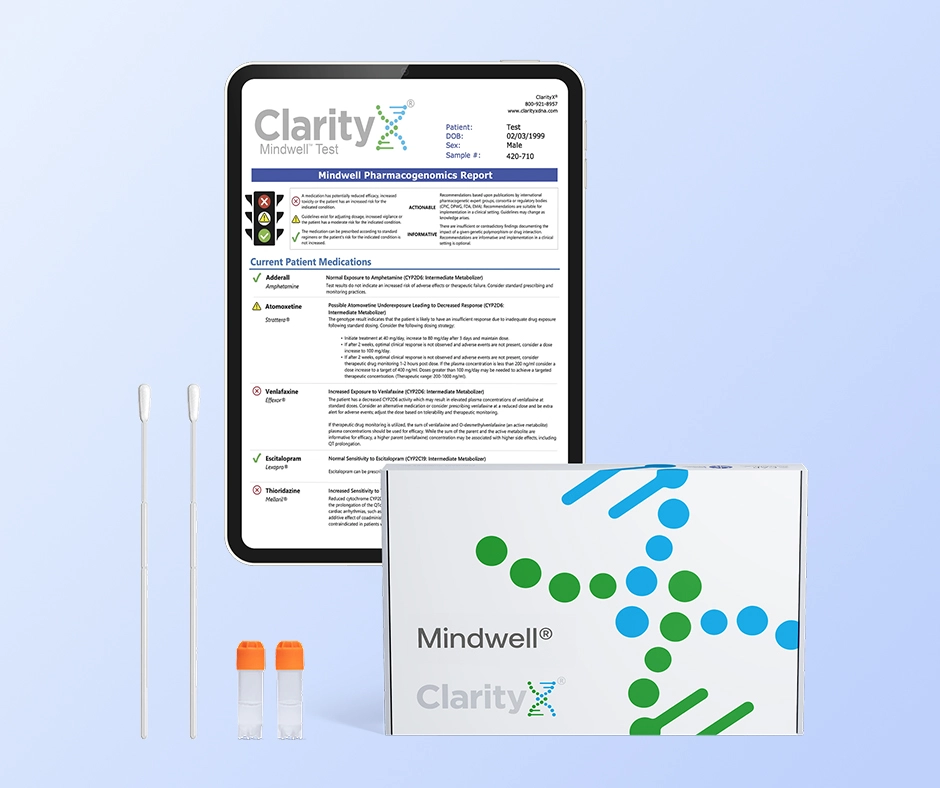Key Highlights
- Pravastatin and Lipitor® are both prescription medications used to treat high cholesterol and lower the risk of heart disease.
- Both belong to a class of drugs called HMG-CoA reductase inhibitors or statins.
- Pravastatin is the generic name of the brand Pravachol, while Lipitor has a generic version called atorvastatin.
- The choice between pravastatin and Lipitor depends on factors such as drug interactions, individual patient needs, and cost.
- Lipitor may be recommended for individuals in need of a greater amount of LDL reduction.
- Pravastatin is more effective when taken before sleep. Due to a longer duration of action, Lipitor can remain effective when dosed earlier in the day.
- Both medications have potential side effects, including muscle pain and liver problems. Pravastatin may be less likely to cause muscle pain.
Introduction
High cholesterol is a common health issue that affects millions of people worldwide. Elevated levels of cholesterol can increase the risk of developing cardiovascular disease, including heart attacks and strokes. To manage high cholesterol, healthcare providers often prescribe statin medications. Two popular statins on the market are pravastatin and Lipitor (atorvastatin).
Pravastatin and Lipitor are both HMG-CoA reductase inhibitors, commonly known as statins. These drugs work by inhibiting the enzyme HMG-CoA reductase, which plays a crucial role in cholesterol production in the liver. By reducing cholesterol production, these medications help lower cholesterol levels in the blood and reduce the risk of cardiovascular disease.
While pravastatin and Lipitor have similar mechanisms of action, there are some key differences between the two medications. Understanding these differences can help individuals and healthcare providers make informed decisions about which statin is the most suitable choice for managing high cholesterol.
Understanding Statins: Pravastatin and Lipitor Overview
Pravastatin and Lipitor are prescription medications for high cholesterol and triglyceride levels. Cholesterol levels that are higher than normal can increase the risk of heart disease, vascular disease, heart attacks, and strokes. Both pravastatin and Lipitor are available in oral tablet form, with specific uses for preventing cardiovascular disease. Pravastatin is the generic form of Pravachol, while Lipitor has a generic version called atorvastatin.
The Role of Statins in Cholesterol Management
Statins play a crucial role in managing high cholesterol levels, which are a major risk factor for cardiovascular disease. These medications work by inhibiting the enzyme HMG-CoA reductase in the liver, which is responsible for cholesterol production. By blocking this enzyme, statins help lower cholesterol levels in the blood, specifically low-density lipoprotein (LDL) cholesterol, often called "bad" cholesterol.
Lowering LDL cholesterol levels can reduce the risk of plaque buildup in the arteries and ultimately decrease the risk of cardiovascular events such as heart attacks and strokes. Statins are essential to lipid-lowering therapy and are often prescribed alongside lifestyle modifications, such as a healthy diet and regular exercise.
Key Differences Between Pravastatin and Lipitor
While both pravastatin and Lipitor are statins used to treat high cholesterol, they have some important differences. An important distinction is the dosing schedule. Pravastatin is shorter-acting and is more effective when taken once daily in the evening, while Lipitor can be taken earlier in the day due to its longer duration of action.
Statins can be characterized as either lipophilic or hydrophilic, which impacts their likelihood of causing side effects like muscle pain. Lipitor is a lipophilic statin and may be more likely to cause muscle pain than pravastatin, a hydrophilic statin.
The Science Behind Pravastatin
Pravastatin is a medication that belongs to the class of drugs known as HMG-CoA reductase inhibitors, or statins. It works by inhibiting the enzyme HMG-CoA reductase, which is responsible for cholesterol production in the liver. By blocking this enzyme, pravastatin helps lower cholesterol levels in the blood.
It is important to note that pravastatin can interact with certain medications, so informing your healthcare provider about any other medications you take is crucial. Pravastatin is typically prescribed to individuals with high cholesterol levels to help lower their cholesterol and reduce the risk of cardiovascular disease. It is available in strengths of 10 mg, 20 mg, 40 mg, and 80 mg and is taken orally once daily at the recommended dosage.
How Pravastatin Works in the Body
Pravastatin works by inhibiting the enzyme HMG-CoA reductase in the liver, which is responsible for the production of cholesterol. By blocking this enzyme, pravastatin reduces the amount of cholesterol produced in the liver, leading to lower cholesterol levels in the blood. This helps reduce the risk of cardiovascular disease associated with high cholesterol.
Advantages of Pravastatin for Certain Patients
Pravastatin may be a better choice for individuals concerned about muscle pain, as it has a lower risk of muscle-related side effects compared to other statins.
Pravastatin also has a generally favorable side effect profile, with a lower risk of serious side effects than other statins. However, it is still important to discuss potential side effects and concerns with your healthcare provider before starting pravastatin.
The Science Behind Lipitor
Lipitor, also known by its generic name atorvastatin, belongs to the class of drugs called statins. It works by inhibiting the enzyme HMG-CoA reductase in the liver, which is responsible for cholesterol production. By blocking this enzyme, Lipitor helps lower cholesterol levels in the blood and reduces the risk of cardiovascular disease associated with high cholesterol levels. Lipitor is commonly prescribed to individuals with high cholesterol to help manage their cholesterol levels and reduce the risk of heart attacks and strokes.
Mechanism of Action of Lipitor
Lipitor, or atorvastatin, works by inhibiting the enzyme HMG-CoA reductase in the liver, which is responsible for cholesterol production. By blocking this enzyme, Lipitor reduces the amount of cholesterol produced in the liver, leading to lower cholesterol levels in the blood. This helps reduce the risk of cardiovascular disease associated with high cholesterol.
It is important to note that individuals with liver problems may need to exercise caution when taking Lipitor, as the medication is metabolized by the liver. Liver function tests may be necessary to monitor liver health while taking Lipitor. It is crucial to discuss any liver-related concerns with your healthcare provider before starting Lipitor.
Why Lipitor May Be Preferable for Some Individuals
Lipitor, or atorvastatin, may be preferable for some individuals based on their specific needs and medical history. Individuals with a history of heart disease may benefit from the use of Lipitor, as it has been studied extensively in this population and shown to reduce the risk of cardiovascular events such as heart attack and stroke. Lipitor has also been shown to be effective in reducing LDL cholesterol levels in individuals with high cholesterol.
However, it is important to note that Lipitor carries a risk of potential side effects, including rare but serious side effects such as muscle damage and liver problems. It is crucial to discuss any concerns or risk factors with your healthcare provider before starting Lipitor.
Comparing Side Effects: Pravastatin vs Lipitor
Both pravastatin and Lipitor can cause side effects, although the severity and frequency may vary between individuals. Common side effects of statin medications, including pravastatin and Lipitor, include:
- Muscle pain
- Nausea
- Vomiting
- Diarrhea
- Headache
- Indigestion
Both medications can also cause liver problems and other rare side effects. It is important to inform your healthcare provider about any persistent or severe side effects while taking either medication. Your healthcare provider can assess the benefits and risks of continued statin use and make any necessary adjustments to your treatment plan.
Common Side Effects of Pravastatin
Common side effects of pravastatin include nausea, vomiting, diarrhea, and headache. These mild side effects are typically temporary and may go away within a few days or weeks. However, if they become more severe or do not improve, it is important to inform your healthcare provider.
Muscle pain, although rare, can occur with the use of pravastatin. If you experience persistent or unexplained muscle pain, weakness, or tenderness, it is crucial to contact your healthcare provider immediately. Additionally, pravastatin can cause elevated liver enzymes in some individuals, so liver function tests may be recommended to monitor liver health while taking this medication.
In rare cases, serious side effects such as an allergic reaction or a medical emergency may occur. If you experience symptoms that feel life threatening, such as difficulty breathing or chest pain, call 911 or your local emergency number immediately.
Common Side Effects of Lipitor
Common side effects of Lipitor include diarrhea and joint pain. These side effects are generally mild and may improve over time. However, it is essential to inform your healthcare provider if you experience any persistent or severe side effects.
While rare, Lipitor can also cause serious side effects such as muscle disease (myopathy) and the rapid breakdown of muscle tissue (rhabdomyolysis). If you experience persistent or unexplained muscle pain, weakness, or tenderness, it is crucial to contact your healthcare provider immediately. Lipitor may also cause elevated liver enzymes in some individuals, so regular liver function tests may be recommended.
Efficacy in Lowering Cholesterol Levels
Both pravastatin and Lipitor have been shown to effectively lower cholesterol levels, including in individuals with hyperlipoproteinemia. Clinical trials have demonstrated the efficacy of these medications in reducing LDL cholesterol levels, also known as "bad" cholesterol.
The choice between pravastatin and Lipitor depends on factors such as individual patient response, drug interactions, and cost. It is important to work closely with your healthcare provider to monitor cholesterol levels and determine the most effective medication for your specific needs.
Clinical Studies on Pravastatin's Effectiveness
Several clinical studies have evaluated the effectiveness of Pravastatin in reducing cholesterol levels and preventing cardiovascular problems in people with heart disease. One study published in Circulation compared Pravastatin to a placebo in over 9,000 patients with high cholesterol levels over the course of 16 years. The study found that Pravastatin significantly reduced the risk of death due to cardiovascular disease.
Research Findings on Lipitor's Efficacy
Numerous clinical trials have investigated the efficacy of Lipitor in reducing cholesterol levels and preventing cardiovascular events. The ASCOT (Anglo-Scandinavian Cardiac Outcomes Trial) study compared Lipitor to a placebo in over 10,000 patients with high cholesterol and cardiovascular disease. The study found that Lipitor significantly reduced LDL cholesterol levels by an average of 39% and reduced the risk of cardiovascular events by 36%.
Considerations for Patient Populations
When selecting a statin medication for patients with specific characteristics, such as elderly patients, those with kidney issues, or individuals at a high risk of heart disease, certain considerations should be taken into account.
Elderly patients may require dose adjustments or closer monitoring of liver and kidney function due to age-related changes in drug metabolism.
Individuals at a high risk of heart disease may benefit from Lipitor, as it has been extensively studied in this population and has shown significant cardiovascular benefits.
Elderly Patients and Those with Kidney Issues
As people age, their liver and kidney function may decline, affecting the metabolism and excretion of medications. Elderly patients may require lower doses of statins due to age-related changes in drug metabolism. It is important for healthcare providers to monitor liver and kidney function regularly in elderly patients and those with kidney issues to ensure the safe and effective use of statins.
Lipitor for Patients with a High Risk of Heart Disease
Lipitor is often recommended for patients with a high risk of heart disease due to its proven efficacy in reducing LDL by over 50% at higher doses. Patients with conditions such as high cholesterol, hypertension, or diabetes are at an increased risk of developing heart disease. Lipitor has been extensively studied in patients with these risk factors and has shown significant cardiovascular benefits. It effectively lowers LDL cholesterol levels and reduces the risk of heart attacks, strokes, and other cardiovascular events.
Lipitor is available in strengths considered high-intensity, allowing for more aggressive dosing based on the patient's cholesterol levels and risk profile. Healthcare providers may consider prescribing Lipitor to patients with a high risk of heart disease to help manage their cholesterol levels and reduce the risk of cardiovascular events.
Drug Interactions and Contraindications
When considering the use of statin medications like Pravastatin and Lipitor, it is important to be aware of potential drug interactions and contraindications. Both Pravastatin and Lipitor can interact with certain medications, including those that inhibit or induce the CYP3A4 enzyme in the liver. This can affect the metabolism and effectiveness of statins, limiting their possible uses. Additionally, grapefruit juice can interact with statins and increase the risk of side effects.
Pharmacogenomic Testing
Pharmacogenomic testing is a precision medicine tool that analyzes your DNA to predict how your body will process and respond to specific medications. By examining genetic variants primarily those affecting liver enzymes the test reveals if you are likely to metabolize a drug too slowly (increasing the risk of severe side effects) or too quickly (making the medication ineffective).
This genetic insight allows doctors to move away from a "trial and error" prescribing method, helping them select the right drug and the right dose from the start to maximize treatment success while minimizing adverse reactions.
It is important for healthcare providers to review a patient's medication list and provide appropriate guidance on avoiding potential drug interactions. Patients should always inform their healthcare provider about all medications, including over-the-counter drugs and dietary supplements, they are taking. It is also important to note that the Food and Drug Administration (FDA) has issued a warning on statin labels regarding potential interactions with other medications and the risk of developing increased blood sugar or type 2 diabetes. Adequate exercise and a healthy diet are recommended.
Pravastatin Interactions to Be Aware Of
Pravastatin can interact with certain medications, and it is important to be aware of these potential interactions. The primary concern is an increased risk of myopathy (muscle damage and pain), which can be made more likely when pravastatin is used with gemfibrozil, niacin, colchicine, or certain antibiotics.
Additionally, using Pravastatin with substantial quantities of alcohol may also increase the risk of liver problems. It is important for healthcare providers to review a patient's medication list and provide appropriate guidance on avoiding potential drug interactions with Pravastatin.
Lipitor and Its Drug Interactions
Lipitor is extensively metabolized by the CYP3A4 enzyme in the liver and has a higher likelihood of interacting with medications that affect this enzyme. Grapefruit products, such as grapefruit juice, can inhibit the CYP3A4 enzyme, leading to increased levels of Lipitor in the blood and an increased risk of side effects. Similar to pravastatin, taking Lipitor with medications like gemfibrozil, niacin, colchicine, and certain antibiotics can increase the risk of muscle damage or muscle pain.
It is important for healthcare providers to review a patient's medication list and provide appropriate guidance on avoiding potential drug interactions with Lipitor. Patients should be advised to avoid consuming grapefruit products while taking Lipitor to ensure the safe and effective use of the medication.
When considering treatment options your genetics can also play a vital role in determining which medications will be best suited for you. A simple test can help reduce the trial and error process associated with finding the right medication. Find out more by visiting www.clarityxdna.com
Conclusion
In the realm of statins, the choice between Pravastatin and Lipitor is crucial for managing cholesterol effectively. Understanding their mechanisms of action, side effects, and efficacy is paramount in making an informed decision tailored to individual patient needs. While Pravastatin may be advantageous for certain populations, Lipitor could be preferable for others based on specific health considerations.
By weighing the science behind these medications and consulting healthcare professionals, patients can navigate drug interactions and contraindications to optimize their cholesterol management effectively. Always seek medical advice to determine the most suitable statin for your unique health profile.
Frequently Asked Questions
Can I Switch Between Pravastatin and Lipitor?
The decision to switch between Pravastatin and Lipitor should be made in consultation with a healthcare provider. They can review your medical history, cholesterol levels, and any potential drug interactions to determine the most suitable statin for you. It is important to follow the prescribing information and discuss any adverse effects or concerns with your healthcare provider.
How Do I Know Which Statin Is Right for Me?
Determining the right statin medication for you requires a comprehensive evaluation by a healthcare provider. Factors such as your cholesterol levels, cardiovascular disease risk, liver function, and potential drug interactions need to be considered. Your healthcare provider can provide personalized guidance and drug information to help you make an informed decision about which statin medication is most suitable for your specific needs.
https://www.jacc.org/doi/full/10.1016/j.jacc.2018.11.003
https://pubmed.ncbi.nlm.nih.gov/27186110/
https://pubmed.ncbi.nlm.nih.gov/28826569/
https://www.accessdata.fda.gov/drugsatfda_docs/label/2019/020702s073lbl.pdf
https://www.ncbi.nlm.nih.gov/pmc/articles/PMC8172607/
https://www.ncbi.nlm.nih.gov/books/NBK602492/
https://www.ncbi.nlm.nih.gov/pmc/articles/PMC5822686/
https://www.ahajournals.org/doi/10.1161/CIRCULATIONAHA.115.018580
https://www.ncbi.nlm.nih.gov/books/NBK583664/table/ch1.tab1/
https://www.ncbi.nlm.nih.gov/pmc/articles/PMC545772/
https://pubmed.ncbi.nlm.nih.gov/18175773/






